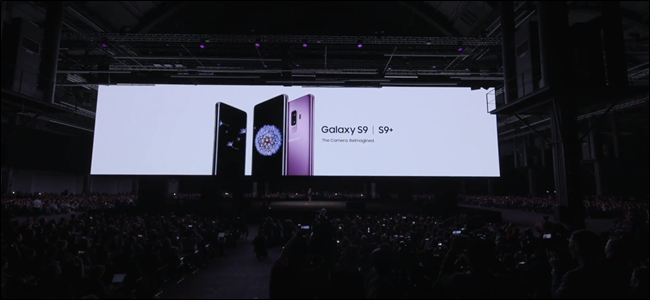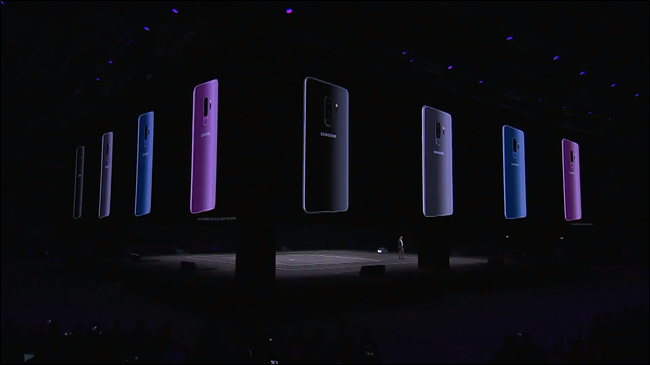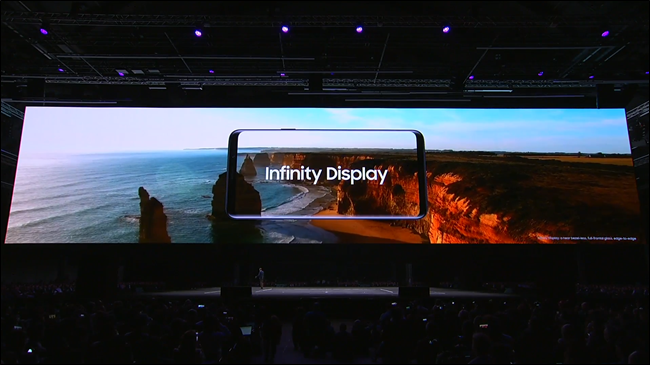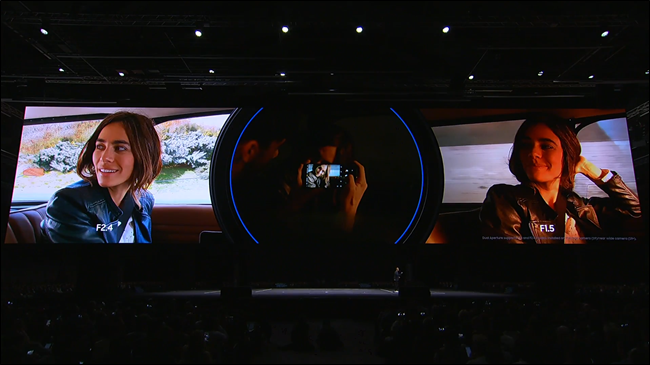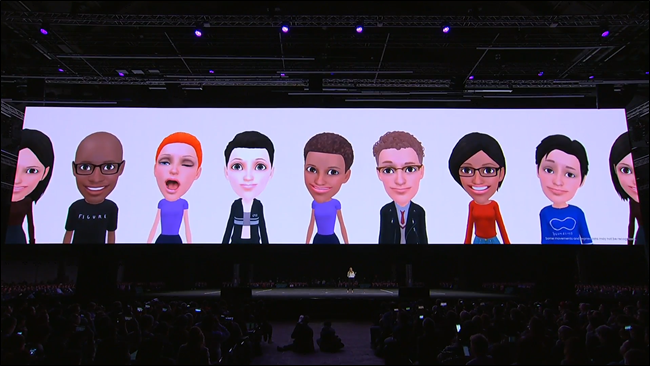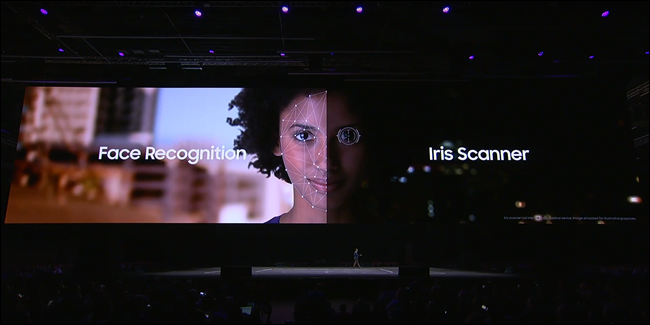Samsung just announced what will undoubtedly be the most popular Android smartphone for the year: the Galaxy S9. Like its predecessor, it's available in two variants with the S9 and the S9+. Let's talk about 'em.
What's New in the Galaxy S9 and S9+?
At first blush, you'd be forgiven for thinking these are the same phones as Samsung's last-generation flagships---because they look very similar to last year's S8. Very.
Design and Hardware
That is, of course, by design. Every year Samsung revamps how its phones look, but it gets to a point where you can only do so much and becomes more about refining the finer details, which they have done with the S9 and S9+.
The phones will retain last year's sizing options, with the S9 and S9+ coming in at 5.8-inch and 6.2-inch handsets, respectively. The phones will share a display resolution of 2960x1440 regardless of model, and each will continue to use Samsung's retina-searing Super AMOLED panels. Again, expect them to look a lot like the Galaxy S8.
The biggest change here, at least in this writer's opinion, is the more logical placement of the fingerprint scanner. On the S8 it was off to the right of the camera (when looking at the back of the phone), which got pretty awkward pretty quickly. With the S9, they moved it to a much more logical location: just below the camera. No more rubbing your finger all over the camera while trying to catch the fingerprint reader. Cool.
Cameras
You can expect improved camera improvements with the S9, because that's the name of the game for smartphones now. Each year, it goes a little something like this: Samsung releases a new phone with the highest rated camera we've ever seen. Later that year, Apple does the same thing. Then at the end of the year, Google does it with the Pixel. Rinse and repeat.
The S9 isn't any different here. Samsung will be following Apple's lead when it comes to camera arrangements. The standard S9 will have just a single rear shooter, while the larger S9+ will sport dual rear cameras, similar to the Galaxy Note 8. The rear cameras on both phones will be 12MP, while the front is 8MP with autofocus. All par for the course here.
But! The rear cameras on each phone (only the "main" rear camera on the S9+) feature adjustable aperture---f/1.5 and f/2.4. What does that mean for you? I means better low-light photos when you need them, and ultra-sharp pictures when lighting is good.
Basically, the automatic shooting mode will switch between these two apertures as you need them to---when lighting is low, it will automatically change to the f/1.5 aperture. In all other circumstances, it will use the default f/2.4 aperture.
If you're looking to get more control from your phone's camera, however, you can also manually switch between these two modes in the Pro camera mode. So if you know what you're doing and are all about that Pro Mode Life, you'll love these settings.
To add to the camera benefits, the S9 will also shoot super slow motion video---we're talking 960fps here. It's actually pretty impressive.
Other Specs and Features
Under the hood, both phones will share mostly identical hardware:
- Processor: Qualcomm Snapdragon 845 processor or Exynos 9810 (Regional)
- Memory: 4GB RAM (S9), 6GB RAM (S9+)
- Battery: 3,000mAh battery (S9), 3,500mAh battery (S9+)
- Connections: Headphone jack, USB Type-C, Wireless charging
- Waterproofing: IP68
- Storage: 64GB, SD card slot for expandable storage
- Operating System: Android 8.0 (Oreo)
- Available Colors: Midnight Black, Titanium Gray, Coral Blue, Lilac Purple
- Price: $720 (S9), $840 (S9+)
Along with that hot new camera, Samsung is going all-in with AR and a new feature called AR Emoji. This feature will let you take a selfie and automatically transform it into a completely personalized emoji of you. It's completely customizable, so you can tweak it as needed to make it as you as it can be.
Like the S8, the S9 will also feature an Iris Scanner, but Samsung also added Face Recognition to the S9. Much like Face ID on the iPhone X, this will use advanced facial recognition as a means of device security.
Pre-orders for both handsets will start on March 2nd, with availability on March 16th. You can, however, reserve one today and get an email to complete your pre-order on 3/2.
So, Should You Buy One?
Honestly, that's a pretty loaded question, because it's hard for me to tell you whether or not you should spend this much money on a new phone.
But if you're looking to pick up a new phone and have the S9 on your radar, it does look to be the best Galaxy phone to date. But then again, it wouldn't make a lot of sense to release a phone that isn't better than the last generation phone, so that's kind of to be expected.
We're at a point now where smartphones are just good, so if you're in the market for a new one, there's no reason not to consider the S9---especially if you're a current Galaxy user.
That said, if you're currently on the Galaxy S8, there's probably not as much reason to upgrade to the S9. Unless you absolutely need a better camera, I wouldn't worry too much about the upgrade.
However! If you do want to upgrade, Samsung is offering a trade up program for current Galaxy owners. Just running through the trade in page on the Samsung website, it offered $350 for a Galaxy S8. Honestly, you'd be better off selling your old phone to offset the cost of the new one. Your call though.

